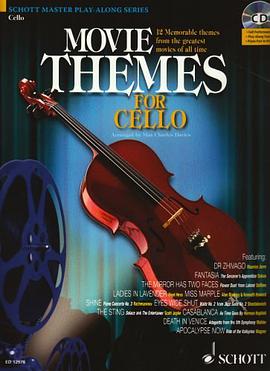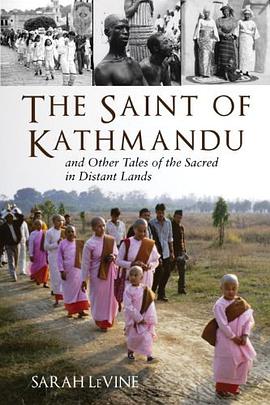

At just 132 hectares (325 acres), the parish of Caldecote is one of the smallest parishes in Hertfordshire. Today the settlement comprises the manor house, until recently surrounded by a range of traditional farm buildings, together with six labourer's cottages and the church. To the north lies the site of the old rectory and the earthworks of a medieval settlement. In 1973 the Department of Environment and the Deserted Medieval Village Research Group arranged a rescue excavation to examine the earthworks of the medieval village before they were levelled and ploughed. Five crofts, the old rectory site and much of the moated enclosure were investigated in one of the largest excavations ever conducted on a later medieval rural site in Britain. Though the excavations did recover a Bronze Age beaker burial and small quantities of Roman and Iron Age pottery, the medieval settlement at Caldecote was probably founded in the 10th century, and by the time of the Domesday Survey there was a church, a priest and nine villeins. A moated site was added in the 13th century. A century later, Caldecote was granted to the abbots of the Benedictine monastery in St Albans, at a time when there were seventeen householders. Early in the second half of the 14th century, the estate and demesne were subdivided into six farms, each complete with a hall-house and two or more barns. Following the dissolution of the monastery in 1539, the manor was again held by an absentee lord and the farms continued to prosper. However, the late 16th and early 17th centuries, for which there are several surviving wills and inventories, saw their gradual abandonment. After the desertion of Caldecote Marish in 1698, Caldecote was farmed as a single unit until 1970, when the estate was attached to that adjoining the manor of Newnham. Of particular importance from Caldecote is the archaeological evidence for medieval peasant structures, the development of the later medieval domestic plan and the structural transformation of post-medieval period houses including the insertion of chimneys and second storeys. The medieval and later pottery assemblage is of regional importance for its size and the range of fabrics represented. The metalwork comprises many objects of personal adornment, household utensils, and tools for woodwork, agriculture and the manufacture of textiles. Other finds include copper-alloy objects both domestic and agricultural, whetstones, quernstones, mortars and clay pipes. Although the economy of Caldecote was always dependant on arable farming, the faunal remains elucidate aspects of the medieval diet and details of the livestock maintained on the holdings.
具体描述
读后感
用户评价
相关图书
本站所有内容均为互联网搜索引擎提供的公开搜索信息,本站不存储任何数据与内容,任何内容与数据均与本站无关,如有需要请联系相关搜索引擎包括但不限于百度,google,bing,sogou 等
© 2025 onlinetoolsland.com All Rights Reserved. 本本书屋 版权所有




















